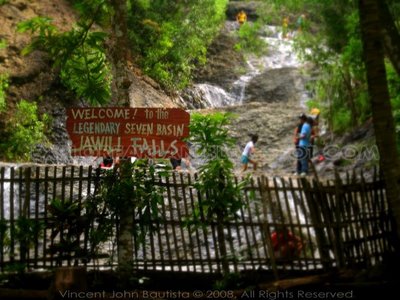The celebration of Christmas in the Philippines begins on the 16th of December and ends on the first Sunday of January which is the Feast of the Epiphany (The Three Kings). It is quite different from the other countries of the world, it is the longest of the Philippine festivities stretching for over 3 weeks. This makes the Filipino Christmas celebration one of the longest Christmas season in the world. A rich tradition which dates back to the Spanish period.
Christmas or "Pasko" is the most awaited celebration and happiest event in the Philippines. This is also the time of the year when family get together, especially when family members from overseas come home with lots of gifts. ("pasalubong"), exchanging gifts and the family feast highligh the most loved celebration.
What makes the Filipino Christmas unique? Filipinos have a lot of Christmas tradition which makes us different from the other, here are some of them.
- Parol - Filipino Christmas Lantern
As early as November, Filipinos houses offices, schools, shoppingmalls and even streets are adorned with these star-shaped multicolored lanterns.
- Filipino Christmas Tradition - Simbang Gabi
"Simbang Gabi" a Filipino Christmas tradition, it is is a series of nine (9) dawn masses, the mass starts as early as 4:00 a.m. It begins on December 16 and ends on the midnight of the 24th of December.
- Monito Monita - Exchange Gifts
Christmas is the season of gift giving. In keeping with the tradition of giving, Filipinos have their own version of exchanging gifts or Kris Kringle, it is called Monito - Monita
- Christmas Caroling in the Philippines - Once the "Simbang Gabi" starts, children like to form groups and enjoy hopping from one house to another every night singing Jingle Bells, Silent Night and traditional Filipino Christmas songs.
Christmas Tree
Christmas is not complete without Christmas tree. Since pine trees grows only in a few places in the Philippines, not everybody can afford to have a fresh Christmas tree. Filipinos have created unique and original Christmas tree using different kinds of local materials, from recycled materials to a more exqusite form of art.
Giant, well lighted and decorated trees are a sight to behold in the city street, malls, parks and office building facades. Some big companies put their Christmas display with a different theme every year, and become a very popular attraction during the Christmas season.
Just like anywhere in the world Christmas tree is not complete without the gifts beneath and around the tree with eager children waiting for their gifts to be open on Christmas morning.
Noche Buena
In the Philippines the much-anticipated Noche Buena - a traditional Christmas Eve feast is eaten after the midnight mass, usually Filipinos attend the Midnight Mass and then return home for a family feast called Noche Nuena,
Some family who don't go to church for some reasons,dine together around 12 midnight on traditional Noche Buena fare, but this varies from family to family.
Noche Buena is a very special occasion for Filipinos, they used their best china and silver ware and cooked their best recipe. Food that are usually serve depends on the specialty of the family but there is always something special serve.
The most popular are morcon, embutido, relyenong bangus, lumpia, pansit, and for those who can afford the "Lechon ( roasted pig)
There is always ham on the table but usually not eaten right away, it waits until morning when sliced and fried for breakfast accompanied with Pan de Americano ( also known as sliced bread).
Suman sa ibos or sumang Pasko ( glutinous rice wrapped in banana leaves or coconut leaves) served with Halayang Ube and leche flan (egg custard) are the most popular dessert.
Noche Buena is a statement of the Filipino Family close ties, It is not only about food, it is a family tradition.


































































